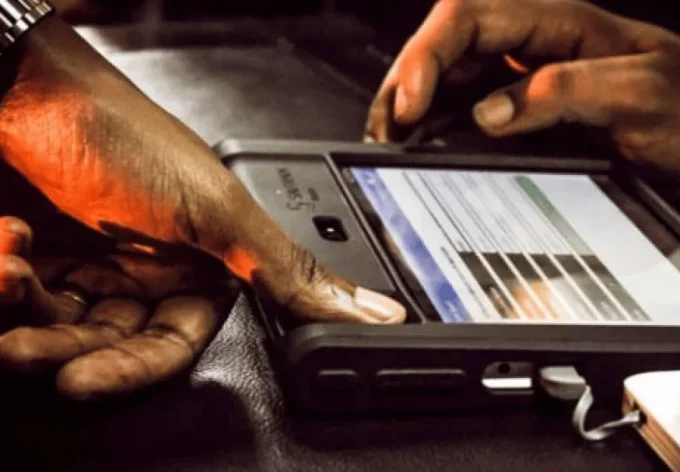At last the Independent Electoral and Boundaries Commission (IEBC) has published details of the KPMG audit report. The report has been a matter of contention between the IEBC and the National Super Alliance Coalition (NASA), with the opposition accusing IEBC of hiding the report.
NASA said releasing the report would help in improving the integrity of the forthcoming elections, scheduled for August 8th 2017.
The report, indeed, reveals the ten possible ways through which the coming polls could be rigged or manipulated.
- The IEBC electronic programme lacks the needed intensive security features to prevent manipulation. As it is, it is easy for the data details to be added, deleted or amended.
- There are two active default administrators’ accounts that can be used by unauthorized people to access the data. This is because the passwords to the accounts are yet to be changed.
- The register is highly susceptible to cyber-attacks that could wipe it out as the commission is yet to install security measures to prevent such attacks
- There is the risk of deceased individuals’ casting votes. Therefore, the need to use biometric voting system as the primary mechanism in the coming polls for identification.
- Hacking vulnerability. There are a host of security settings that must be addressed to prevent hacking of the register.
- The “logs for monitoring super user activity” on the register have not been activated therefore manipulation of the register could go undetected.
- IEBC does not have a disaster recovery site, thus putting it in a dangerous position in its preparation for the forthcoming polls in the event of technology failure.
- IEBC back-up the Register of Voters on tapes. There are no detached premises where these back-ups can be restored and tested. In the event that back-up tapes were to be destroyed at Head Office, the commission’s ability to recover critical voter registration data will be impaired due to lack of redundancy.
- IEBC is further exposed to data loss through its manual transfer of files. The report notes that the commission transfers data from its registration centres to its head office manually. KPMG cites the concluded second mass voter registration where 78% of data was transferred manually, some applicants were found to be missing.
ALSO READ
- Al Shabaab kidnaps senior government official
- Did you file your tax returns? This will make you smile
- My last moments with Nkaissery – widow recounts













Leave a comment